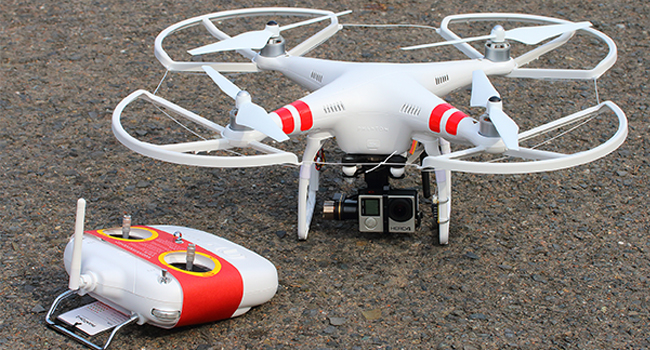
DHS Issues Warning about Hobbyist Drones
- By Ginger Hill
- Aug 04, 2015
Last week, the U.S. Department of Homeland Security issued a report, warning to law enforcement agencies that recreational drones could be used by adversaries to attack the United States. No known threats were mentioned, but regular reports have revealed small, remote-controlled drones having close calls with commercial flights and firefighting air tankers. In California, for example, recreational drones grounded tankers, preventing them from fighting the fires that are plaguing the state until law enforcement found the owners of the drones and ordered them to land.
The report also mentioned that drones “could be used by adversaries to leverage UAS (Unmanned Aircraft Systems) as part of an attack” and “emerging adversary use of UAS present detection and disruption challenges.”
There have also been a number of international incidents with terrorists and other criminal organizations using drones to support violent activities. For example, ISIS used a UAS to record video footage of an Iraq oil refinery in 2014, using the data to support an assault.
During the past three years, 500 drone encounters have presented themselves at various locations around the United States. Of the 500, 218 have been related to aviation. In this month alone, there have been three already been three drone sightings at JFK airport. One sighting caused a pilot in a personal aircraft to make a sudden swerve when he saw an UAS at approximately 1,000 feet in the air.
Many of the drone encounters have not been and probably won’t be malicious, but it causes pause and thought to potential security vulnerabilities that adversaries could leverage to attack.
Image: Kletr / Shutterstock.com
About the Author
Ginger Hill is Group Social Media Manager.